In Indian culture, vegetarianism has a long and substantial history. It is firmly ingrained in the country’s religious, philosophical, and cultural ideals. This concept is mirrored in the vegetarianism of many Hindu residents in the US.

Various religions strongly emphasize nonviolence and support a strict vegetarian diet. The Indian residents of the US are increasingly taking an interest in Indian grocery vegan options, leading to a growth of South Indian grocery stores.
The ancient Indian medical system of Ayurveda, which advocates a nutritious and balanced diet, also impacts vegetarianism. Most traditional Indian grocery vegetarian items are readily adaptable to vegetarianism, and it is seen as a way of life and an integral component of Indian culture worldwide.
Importance of vegetarianism in Indian cuisine in the US
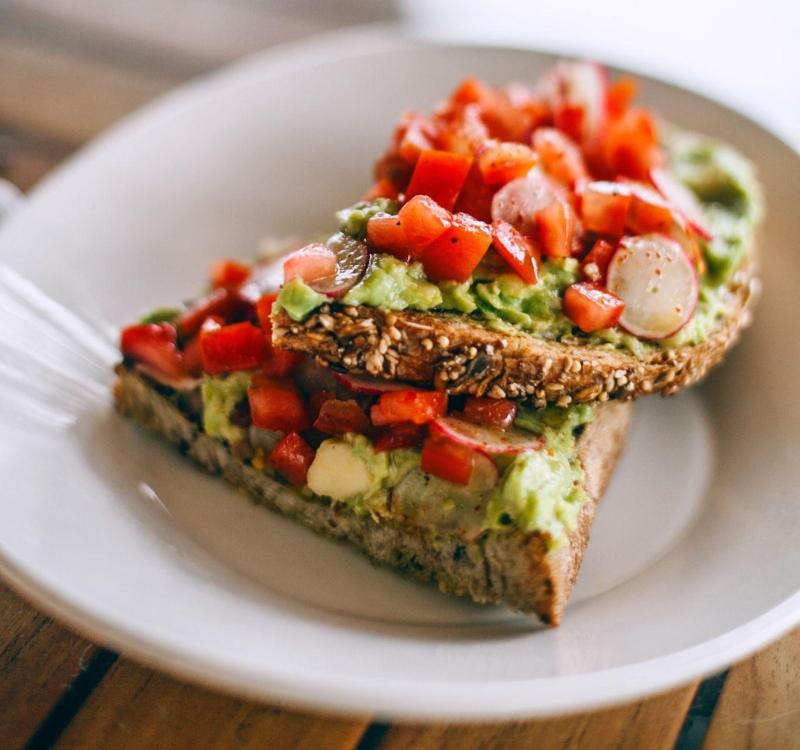
Vegetarianism as a lifestyle has significantly impacted Indian cuisine. There are various dishes in vegetarian Indian cuisine, many of which are produced with plant-based ingredients such as lentils, beans, rice, and vegetables.
Indian cuisine also uses a variety of Indian spices and groceries to flavor dishes. These spices and herbs are used to flavor meals and enhance health and are often thought to have therapeutic properties.
Indians’ eating habits have changed noticeably in recent years, with many choosing fast food and prepared meals over Indian grocery vegan options. A decrease in the intake of healthy, plant-based diets results from this trend. This condition continues to influence the economy and the population’s health substantially.
Recently, Indian grocery vegetarian items have become more prevalent in the US. This may be due to the rise in people embracing plant-based diets to improve their health and lessen their environmental impact.
Understanding Indian Grocery Stores
Indian supermarkets, sometimes called Indian markets or desi food stores, are generally smaller than standard supermarkets but include a wide selection of goods particular to Indian cuisine. Although the design and organization of a South Indian grocery store might differ, a similar pattern is often followed.
An outline of the many departments of an Indian grocery shop is provided below
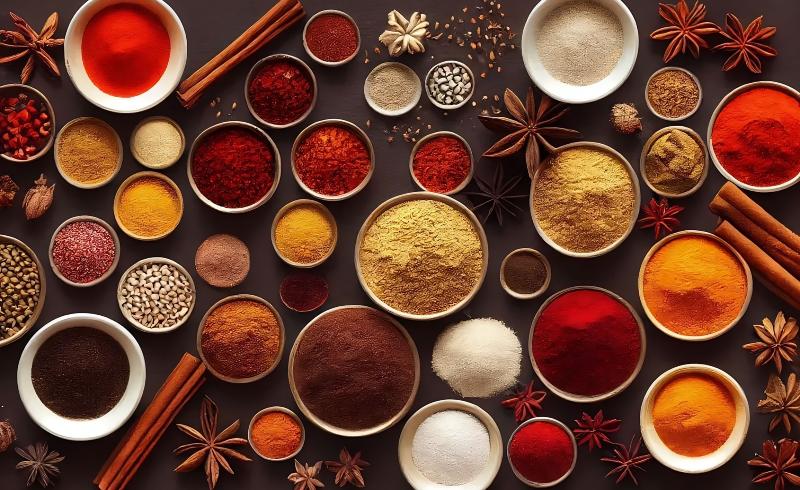
Spices section: Since spices are crucial to Indian food, they are usually one of the most noticeable departments in a South Asian grocery store. This department often offers cumin, coriander, turmeric, cardamom, and other whole and ground spices. It includes spices like –
- Cumin seeds
- Coriander seeds
- Turmeric powder
- Mustard seeds
- Fennel seeds
- Red chili powder
- Garam masala
- Cardamom pods
- Cloves
- Cinnamon sticks
A section on rice and grains: This section provides many types of rice, lentils, beans, and other grains used in Indian cuisine. Such as-
- Basmati rice
- Jasmine rice
- Brown rice
- Lentils (masoor dal, toor dal, chana dal, urad dal)
- Split peas (matar dal)
- Chickpeas (chana)
- Black-eyed peas (lobia)
- Kidney beans (rajma)
- Flattened rice (poha)
Flour Section: This section provides a variety of flour used in Indian cuisine, such as wheat flour, rice flour, and chickpea flour. List of different kinds of flour in South Asian grocery stores-
- Wheat flour (atta)
- Chickpea flour (besan)
- Rice flour
- Semolina (sooji or rava)
- Cornmeal (makki ka atta)
Oil section: The oil section provides a variety of cooking oils used in Indian cuisine, including-
- Mustard oil
- Coconut oil
- Ghee (clarified butter)
- Vegetable oil
- Sesame oil
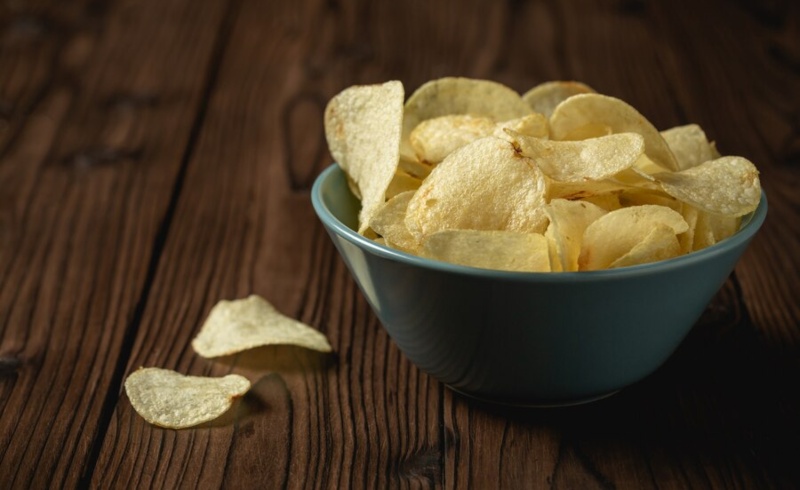
Snacks: A vast range of Indian snacks, including sweets, chips, and savory items, are available in the snacking area.
- Bhujia
- Potato chips
- Namkeen sev
- Laddoos
- Gulab jamun mix
- Soan papdi
Frozen food section: Fruits, vegetables, and ready-to-eat Indian meals are also available in the frozen food department.
- Frozen samosas
- Frozen parathas
- Frozen vegetables (peas, okra, spinach, etc.)
- Ready-to-eat meals (dal makhani, chana masala, etc.)
Dairy section: The dairy division includes items like yogurt, paneer (cottage cheese), and ghee, all utilized in Indian cuisine.
- Yogurt
- Paneer (cottage cheese)
- Ghee (clarified butter)
- Buttermilk
- Heavy cream

Fresh produce section: Few fresh fruits and vegetables found in the new product area that is often utilized in Indian cuisine are-
- Okra
- Eggplant
- Cauliflower
- Tomatoes
- Mangoes
- Bananas
Miscellaneous section: Various other products are available in this area, including Indian tea, pickles, and Indian spices and groceries.
- Pickles (mango pickle, lime pickle, etc.)
- Chutney mix
- Dosa mix
- Puffed rice
Spice blends section: Many South Indian grocery stores now sell pre-made spice mixes that are often used in Indian cuisine, in addition to individual spices.
- Curry masala
- Chaat masala
- Tandoori masala
- Sambhar masala
- Chana masala

Bread section: Indian grocers often feature a section devoted to different pieces of bread, such as naan, roti, and paratha, used in Indian cuisine. Some of the standard bread products-
- Naan
- Roti
- Paratha
- Kulcha
- Poori
- Bhatura
- Puri
- Lachha paratha
- Aloo paratha
- Onion paratha
Beverage section: A few Indian drinks are available in this department. It could also include components for lassi and thandai, two classic Indian beverages. Here is a list of common Indian beverages-
- Indian tea (chai)
- Coffee
- Mango juice
- Guava juice
- Lychee juice
- Aam panna (mango drink)
- Jal jeera (cumin water)
- Thandai (spiced milk)
- Lassi (yogurt drink)
Sweets section: Many best Indian grocery shops also include a separate department for sweets, often including classic Indian treats like-
- Rasgulla
- Gulab jamun
- Barfi
- Ladoo
- Jalebi
- Sandesh
- Mysore pak
- Kalakand
- Soan papdi
- Kaju katli
Tips for exploring and experimenting with Indian vegetarian grocery items

Start with the fundamentals:
Start by trying some fundamental ingredients, such as rice, lentils, spices, and veggies, if you’re new to Indian cuisine. These ingredients may be utilized in various meals since they are adaptable.
Use fresh ingredients:
You may not know the vast Indian grocery vegetarian items used in Indian cuisine. Try new foods like jackfruit, paneer, or ghee without hesitation. Discovering a whole new universe of tastes and sensations is possible by experimenting with different ingredients.
Spices are nothing to be feared:
Although certain spices may appear frightening, they may give your food depth and complexity. Indian cuisine is famed for its use of spices. Work your way up to more complicated spice mixes by beginning with simpler Indian spices and groceries like cumin, coriander, and turmeric.
Play around with various cooking methods:
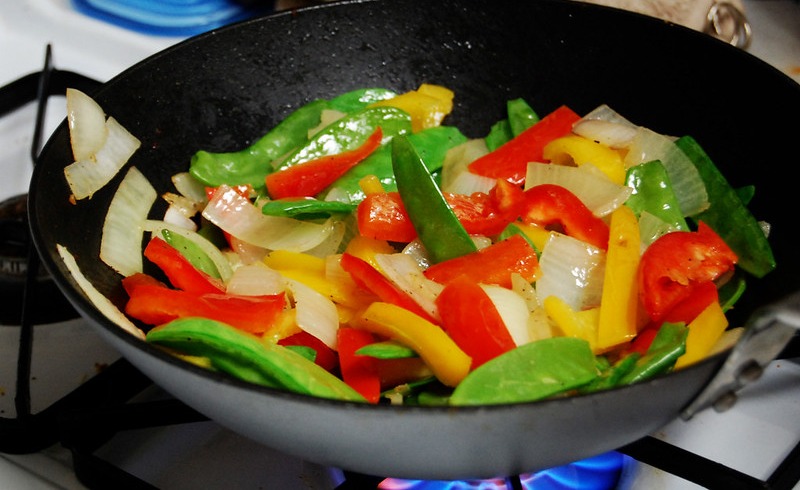
Indian food uses various cooking methods, including stir-frying at high heat and slow cooking. You may get varied tastes and textures in your food by experimenting with different cooking methods.
Look for inspiration:
Consult Indian blogs, YouTube channels, and cookbooks for ideas. Understanding various procedures and techniques might be aided by watching cooking videos.
Utilize pre-made spice blends: Indian grocery shops have a variety of pre-made spice mixes that may make preparing Indian grocery vegan options much more straightforward. Start by experimenting with a few mixtures to see which ones you like.
Start with meals you are acquainted with:
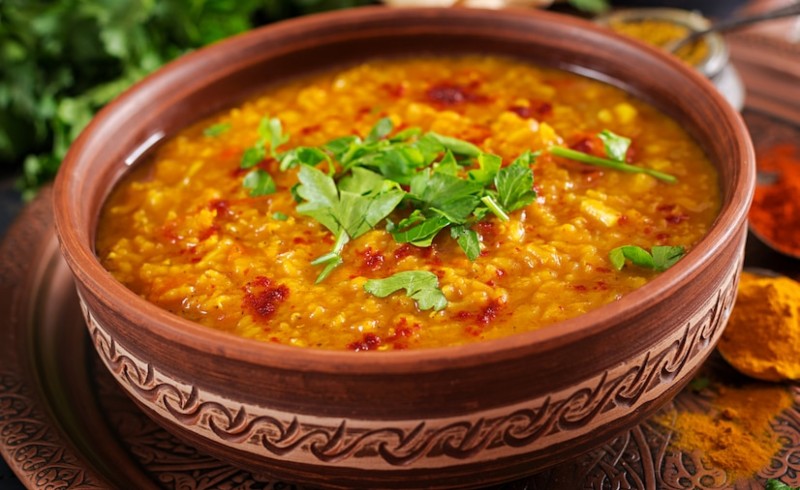
Start with familiar dishes like chana masala, aloo gobi, or dal if you’re new to Indian cuisine. You may get acquainted with Indian tastes and culinary methods by making these simple recipes.
Never hesitate to seek assistance:
Ask South Asian grocery store employees or members of internet forums for assistance if you need clarification on how to utilize an item or have a query regarding a recipe. Many individuals are eager to impart their understanding and proficiency in Indian cuisine.
Conclusion
Experimenting with vegetarian foods and perusing the best Indian grocery shops may expand the range of tastes and textures you can use in your cuisine. Indian culture and cuisine highly value vegetarianism, and there are many vegetarian products to choose from at local supermarkets.
You may more easily browse and explore the wide variety of ingredients available by comprehending the design and organization of Indian grocery shops and the many categories they provide. You can make tasty and genuine Vegan Indian groceries in your home by experimenting with various ingredients, spices, and cooking methods.
The most important thing is to enjoy yourself while learning about the fantastic world of Indian grocery vegetarian items. Be bold and ask for advice or seek inspiration.

Shrey Chaudhary
Experienced freelancer in multiple domains such as content writing, digital marketing, and virtual assistant. Shrey's a learner and an explorer who keeps taking risks and always learns from them. If you are looking for a genuine, and experienced freelancer in the any of mentioned domains below, Get excited! You are reading the right profile. 1. Content Writing. 2. Social Media Marketing. 3. Shopify Virtual Assistant 4. E-Commerce Product Listings. Contact Shrey Now!


